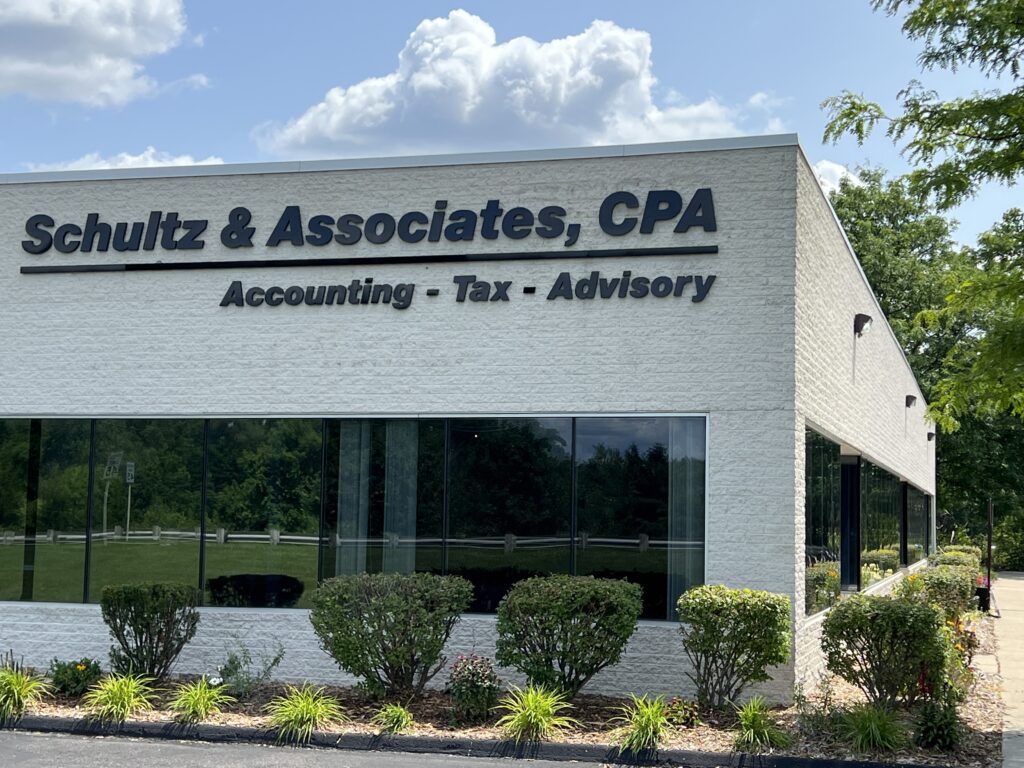While the term tax specialist is not a preferred term, many people like to use it anyway. Tax accountant or tax CPA work just fine. the term tax specialist is not a specific designation. While a CPA refers to a professional credential. And Tax accountant typical refers to someone with an undergraduate degree or higher in accounting. The information below was prepared by a CPA and is a good starting point for selecting a retirement plan.
There are two basic types of retirement plans. First of all, there is a defined benefit plan. Additionally, the more popular retirement plan type is the defined contribution plan. This blog page will focus on retirement plan basics for defined contributions plans.
401k and 403b are the most popular types of defined contribution plans. While SIMPLE IRA and the SEP are also common plans. Less typical nowadays is the Profit Sharing Plan and the Defined Contribution Plan
401K and the 403b,
Generally speaking, the 401k and the 403b are mirror images of one another. Although one could find some differences in the minor details. Simply put, a 401k plan is used by a for-profit company, while a 403b plan is used by not-for-profit entities.
Employee Contributions
Both the 401k and the 403b allow participants to allocate a portion of their salary to be tax-deferred. The maximum salary deferral for 2017 and 2018 are $18,000 and $18,500, respectively. Employees age 50 and above are allowed a catch-up contribution of $5,000 annually.
Employer Contributions
Employer contributions are optional for 401k and 403b plans. The employer contribution can vary from one company or plan to the next. But, don’t let your employer’s lack of a match deter you from participating. That is because every $1,000 contribution can save between $150 to $390 in federal income taxes. If you are planning to save money, these plans are a good start.
Simple IRA
A Simple IRA is a newer type of retirement plan. It is intended for smaller employers. Therefore its use is limited to employers with 100 or fewer employees making in excess of $5,000 annually. The plan has less testing and less tax filing requirement compared to a 401k. The two major differences are that it requires an employer match equal to 3% of the salary or 100% of the contribution and a maximum annual employee contribution of $12,500 for 2017 and 2018. Unfortunately, the catch-up contribution for those 50 and over is limited to $3,000 annually.
SEP
The acronym SEP stands for Simplified Employer Plan. A SEP tends to be a straight employer plan. This type of plan tends to be used by companies who have a high-wage-earning owner, and a few lower-paid staff. The overall tax savings tends to be much greater than the amount the employer must provide to its employees. Another situation where this plan works well is when the owner is the only employee. High-income earners can really sock away the money with this plan.
The SEP allows for a maximum contribution in 2017 between the lesser of $54,000 or 25% with a wage of up to $270,000 of compensation. In other words, anyone making more than $270,000 annually is limited to an annual contribution of $54,000 for 2017. for 2018 the number are $55,000 or 25% with a wage limit of $275,000.

Schultz & Associates, CPA, PLC
Schultz CPA is a regional accounting firm and is located in Canton Michigan. Our “tax specialist” / tax accountant are ready to help Call today at 734-354-2380 to learn more about retirement plan basics.
- The basics of Ecommerce Cost Per Acquistion Lucky you. You have stumbled upon a article […]
- As a small business owner, you may benefit from using software to simplify your accounting. […]
- Hiring a business accountant is a great option for small businesses that need help with […]
- Are you an owner, shareholder, or partner in an S corporation, partnership, or LLC? If […]
- Many of us may have seen phrases like “LLC” and “sole proprietorship” in passing all […]
- Michigan business owners who still need to get their business tax prep filed for the […]
